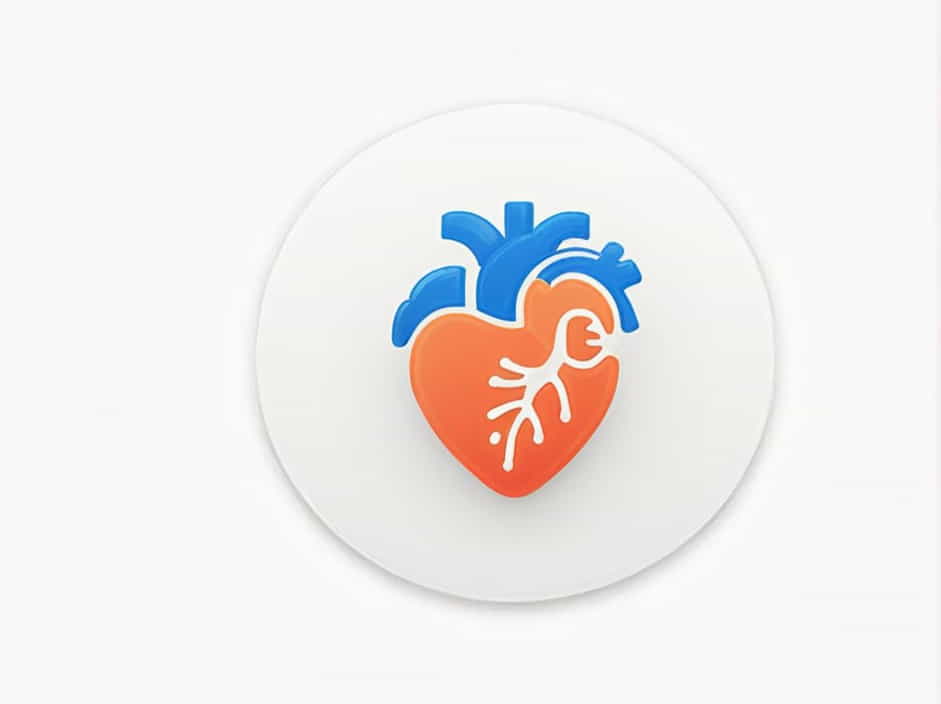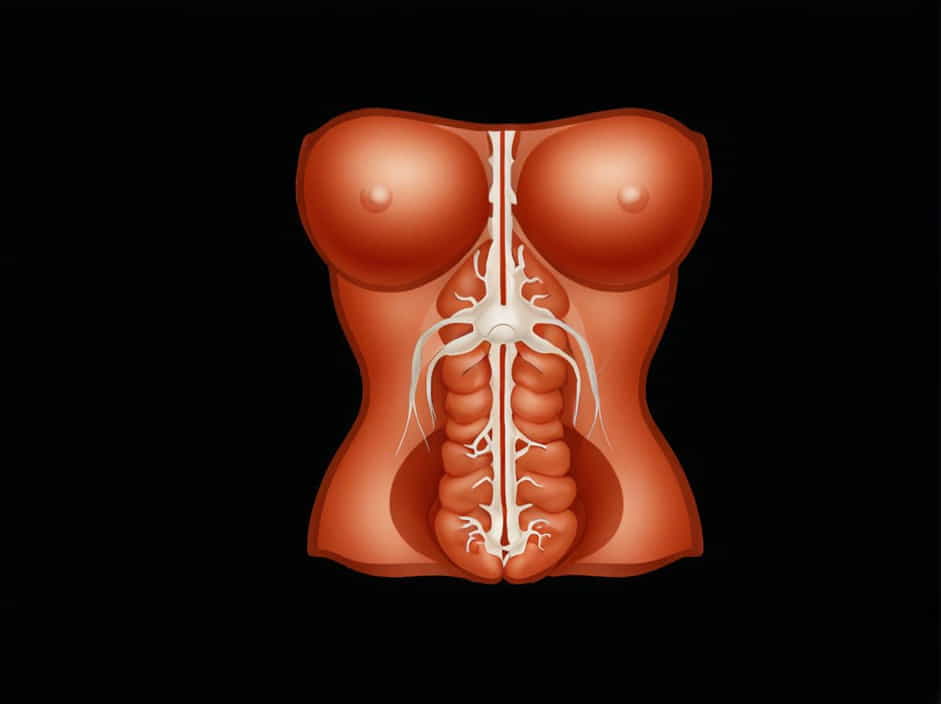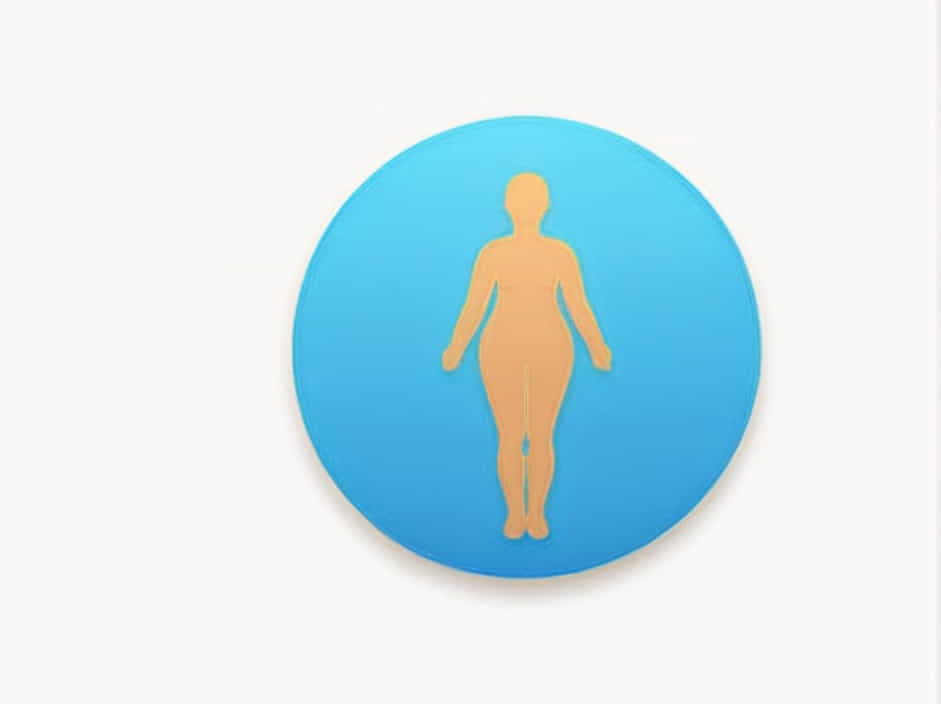The Head Should Be Positioned In The Of The Body
The human body is a marvel of symmetry and functionality, with each part working together to maintain balance, stability, and movement. One of the most crucial aspects of human anatomy is the positioning of the head. Proper head alignment plays a significant role in maintaining good posture, preventing discomfort, and supporting overall health. In this … Read more









